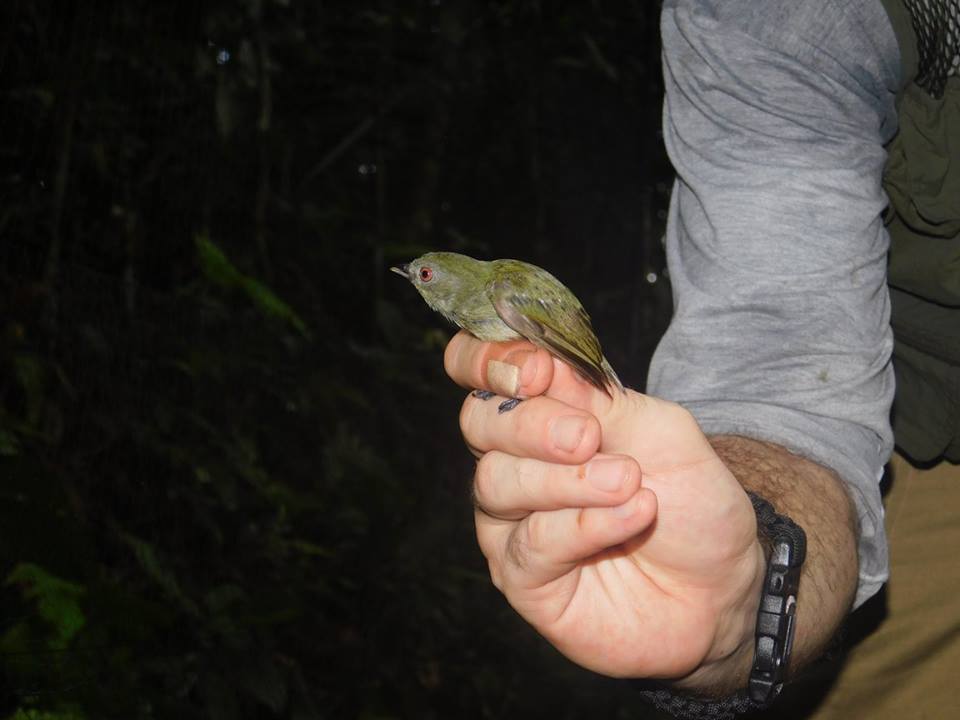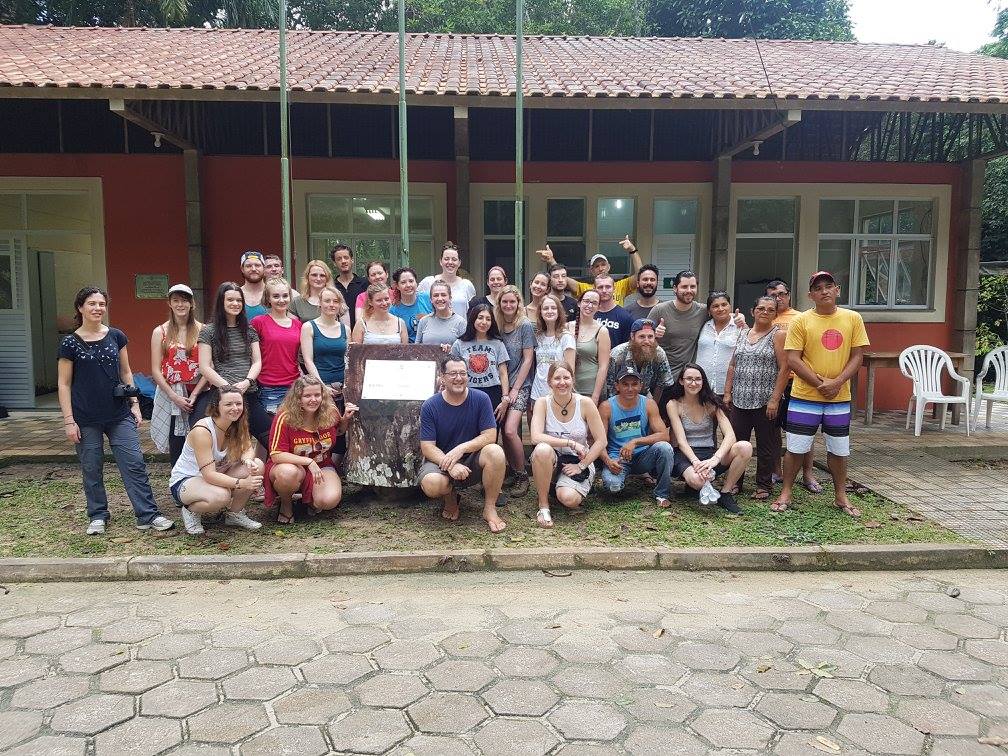Languages
CENBAM / PPBio promotes Course "Monitoring Groups-targets" in RFAD.
The course "Monitoring target groups" took place in Reserva Ducke (RFAD), between 12th and 17th January 2016. It is sponsored by the Integrated Studies Center of Amazonian Biodiversity (CENBAM) and will be taught to students and faculty members of the department of Tropical Ecology, University of Salford, England. The course is divided into two parts the first of which will be in RFAD and will address methods and techniques adopted by the Biodiversity Research Program (PPBio) to monitor trees, primates, ferns and fish. An mobile device application (“app”) developed by EU-BON to identify frogs will also be tested. The course will be coordinated and taught by Dr. William Magnusson and will be attended by Dra. Flavia Costa of the National Institute of Amazonia Research (INPA / MCTI), MSc. Claudia Gemaque, Tim Vincent, (CENBAM), MSc. Jefferson Vaslko, Emilio Manabu Higashikawa, and Maria Aparecida de Freitas (CENBAM). In addition to the students' field course they will visit some of National Institute of Amazonian Research (INPA) biological collections (insects, mammals and plants) and the Museum of Amazonia (MUSA). The second part of the course starts on the 18th and will run until January 24th. It will be made by boat and evaluate aspects of protected areas on the lower Rio Negro.
Text: Maria Aparecida de Freitas.
Translation: Tim Vincent
By Tim Vincent Feb 2018
This course continues to be run and has taken place in 2017 and 2018.
|
Group Photo 2018
|
Bill Magnusson giving introductory lecture |
The methods and techniques are now taught mainly by the Salford University staff who received their training in 2016.
Although the general format of the training "Monitoring Target Groups" and visits outside the reserve remain more or less the same, the focus in 2017 was on fish and in 2018, birds.
To give an example of the types of activities that are carried out by the students, here is a summary of an activity report by PPBio researcher Ramiro D. Melinski who demonstrated the sampling of understorey birds using the RAPELD mist-net capture method and monitoring protocol.
The field course was conducted between January 8 and 14, 2018, and the activities involving the sampling of birds from sub-forest with mist-nets began on the night of the 9th, with a theory lecture on the PPBio protocol.
From the following day until the 13th, different groups of 6 or 7 students accompanied the instructor for the practical bird sampling activities. Also in attendance were a field assistant and a senior student of the University of Salford who acted as a monitor during the four days of activity. The nets had been previously set-up by the instructor, with the help of the field assistant. The activities started before dawn, as this is when there is the most bird activity (except for nocturnal birds, of course) until about noon, when this activity begins to decrease.
The students were instructed in:
 To conclude the activities in the Adolpho Ducke Forest Reserve, one of the groups of students was chosen by the teachers to prepare and present a brief seminar on a project. This seminar was presented aboard a boat, on the Rio Negro, during the second stage of the course.
To conclude the activities in the Adolpho Ducke Forest Reserve, one of the groups of students was chosen by the teachers to prepare and present a brief seminar on a project. This seminar was presented aboard a boat, on the Rio Negro, during the second stage of the course.
| Forest Lecture |
Birthday Celebration |
| Fish Collecting |
Night Walk |
| On the trail |
Lunch break |
| Identifying fish |
Top of tower at MUSA |
Photo credits go to: Chiara Benvenuto, Bill Magnusson, Natasha Woest.


